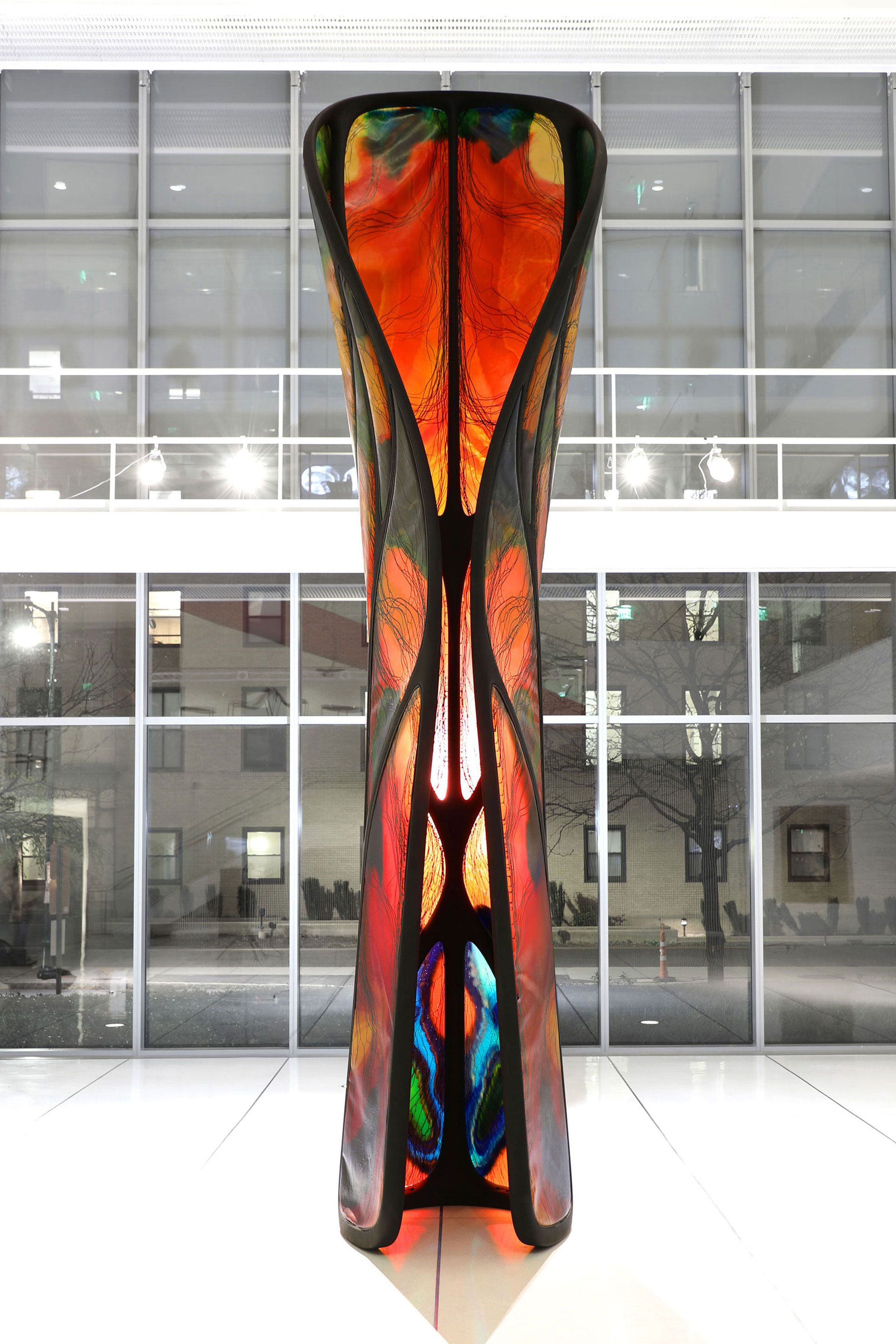
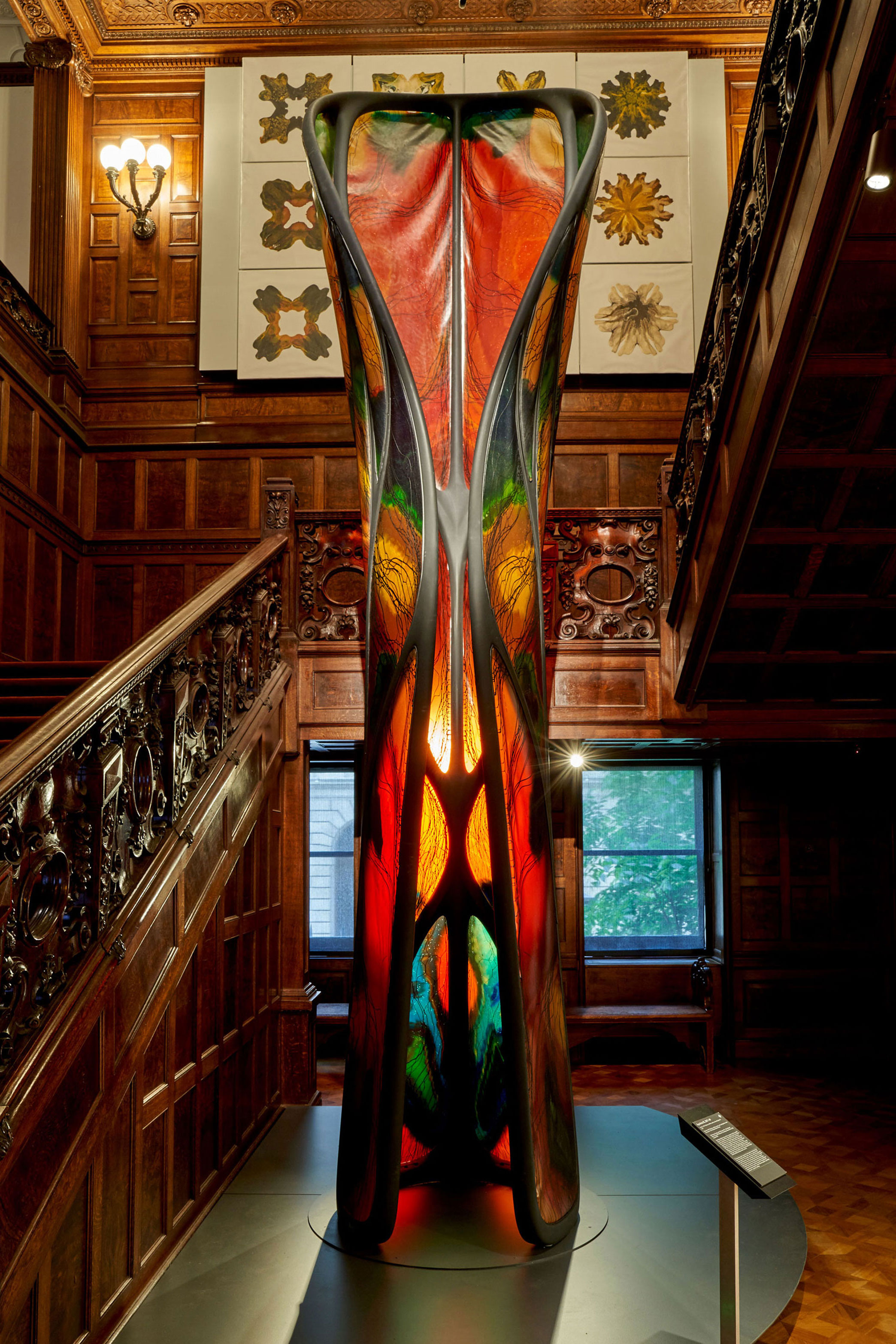
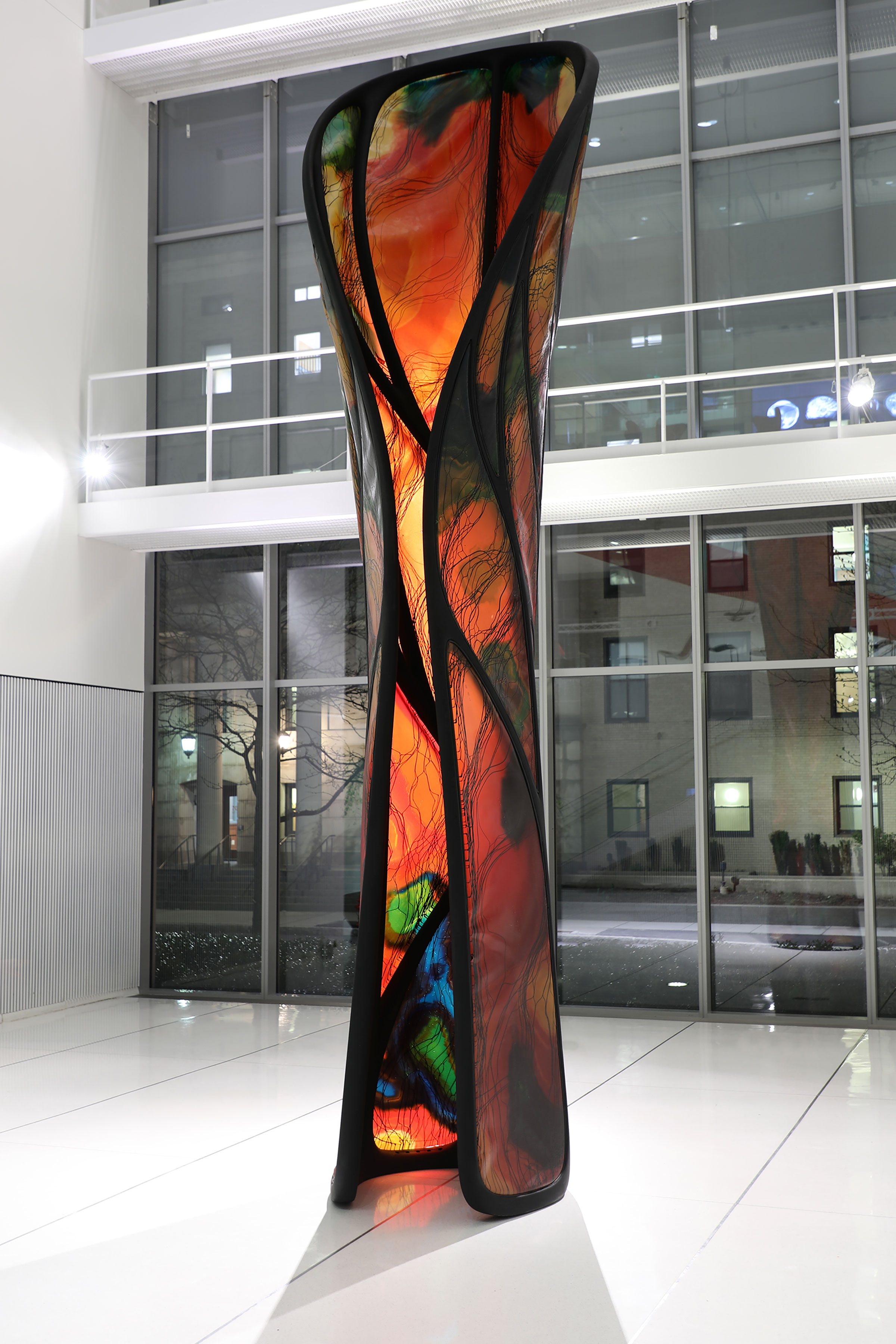
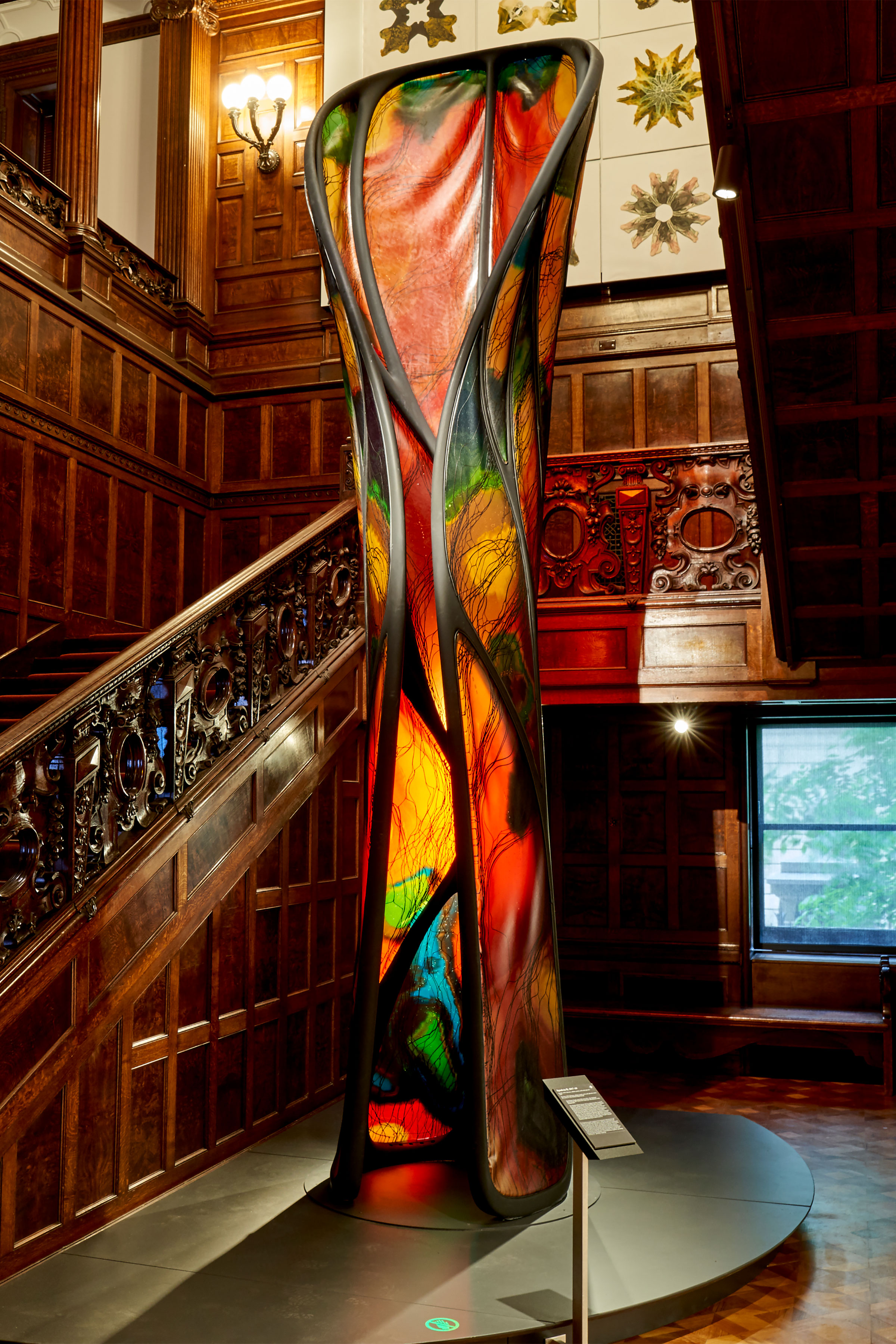
Figure I: Frontal and side view of multimaterial biopolymer films smounted to a 3D printed structure.
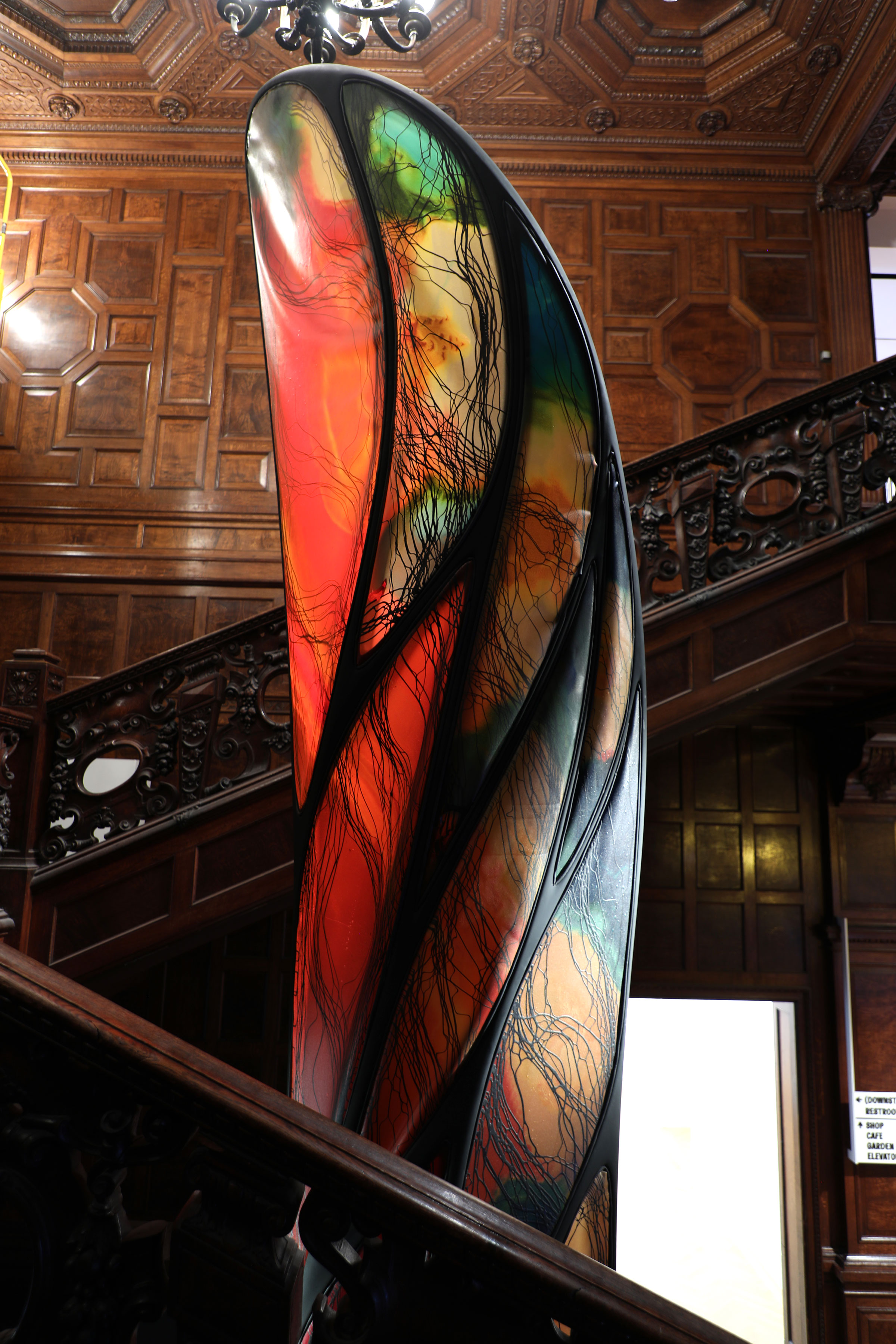
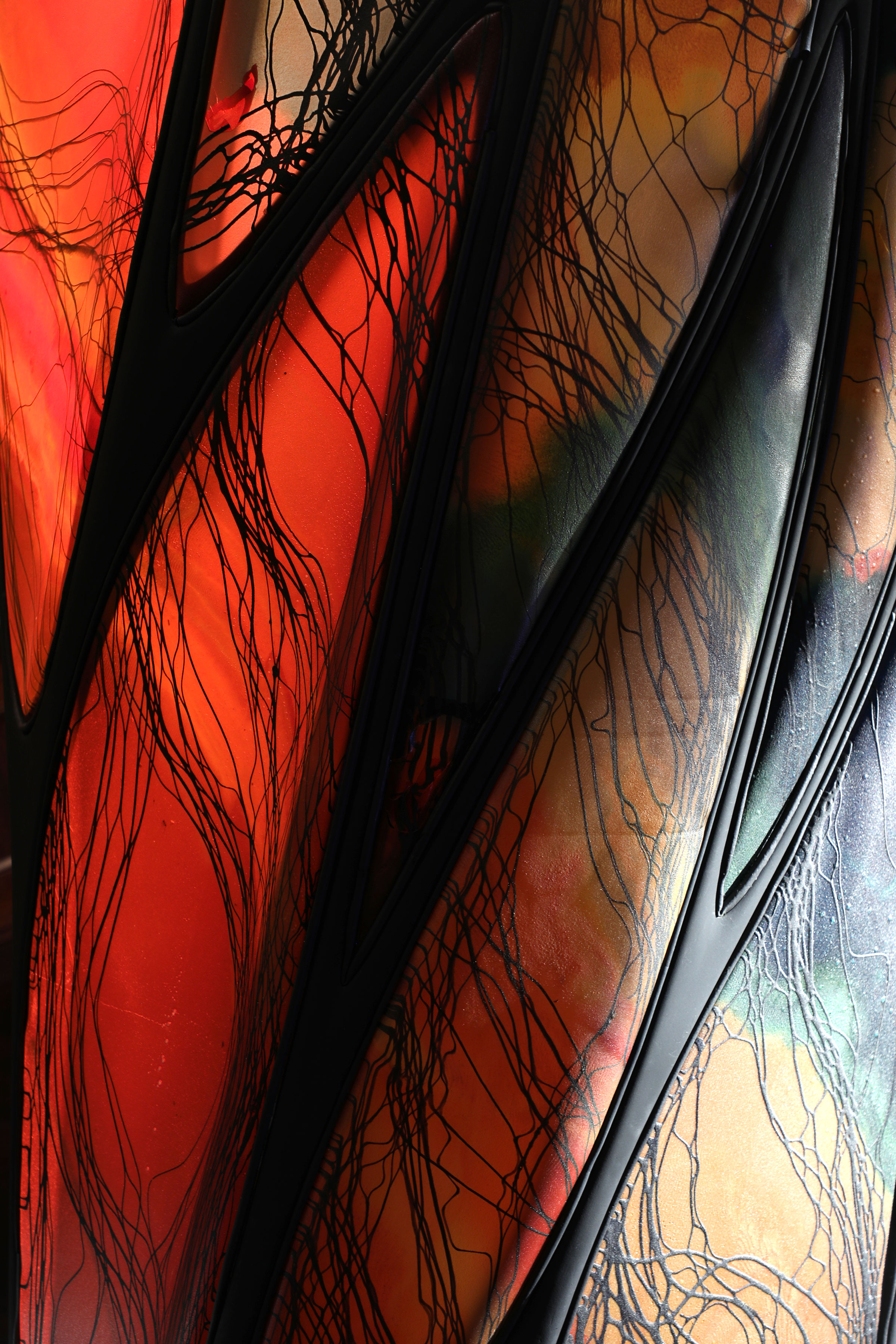
Figure II: Detail view of multimaterial biopolymer films smounted to a 3D printed structure in the Cooper Hewitt design museum.
Figure III: Unrolled surfaces arranged flat.
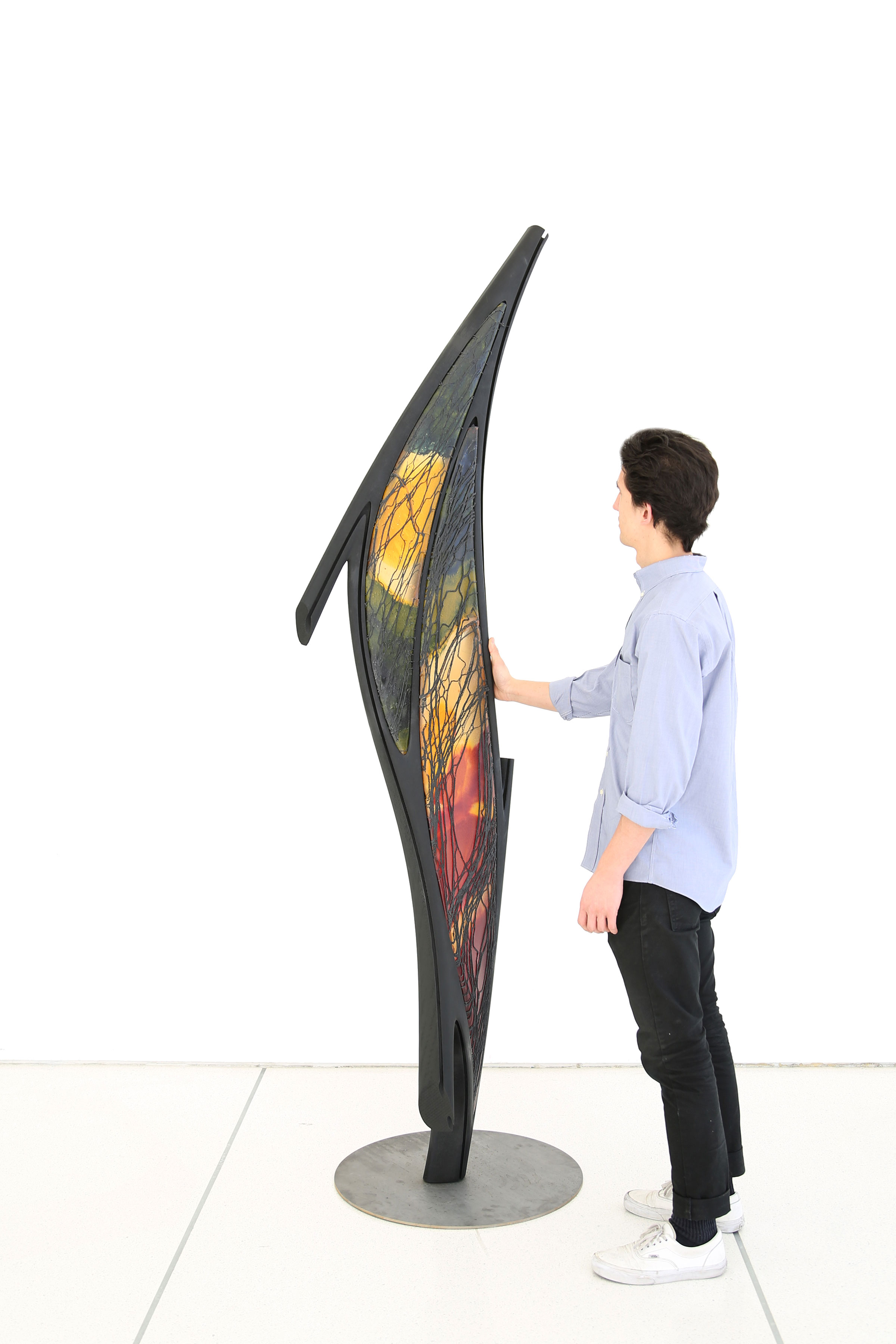
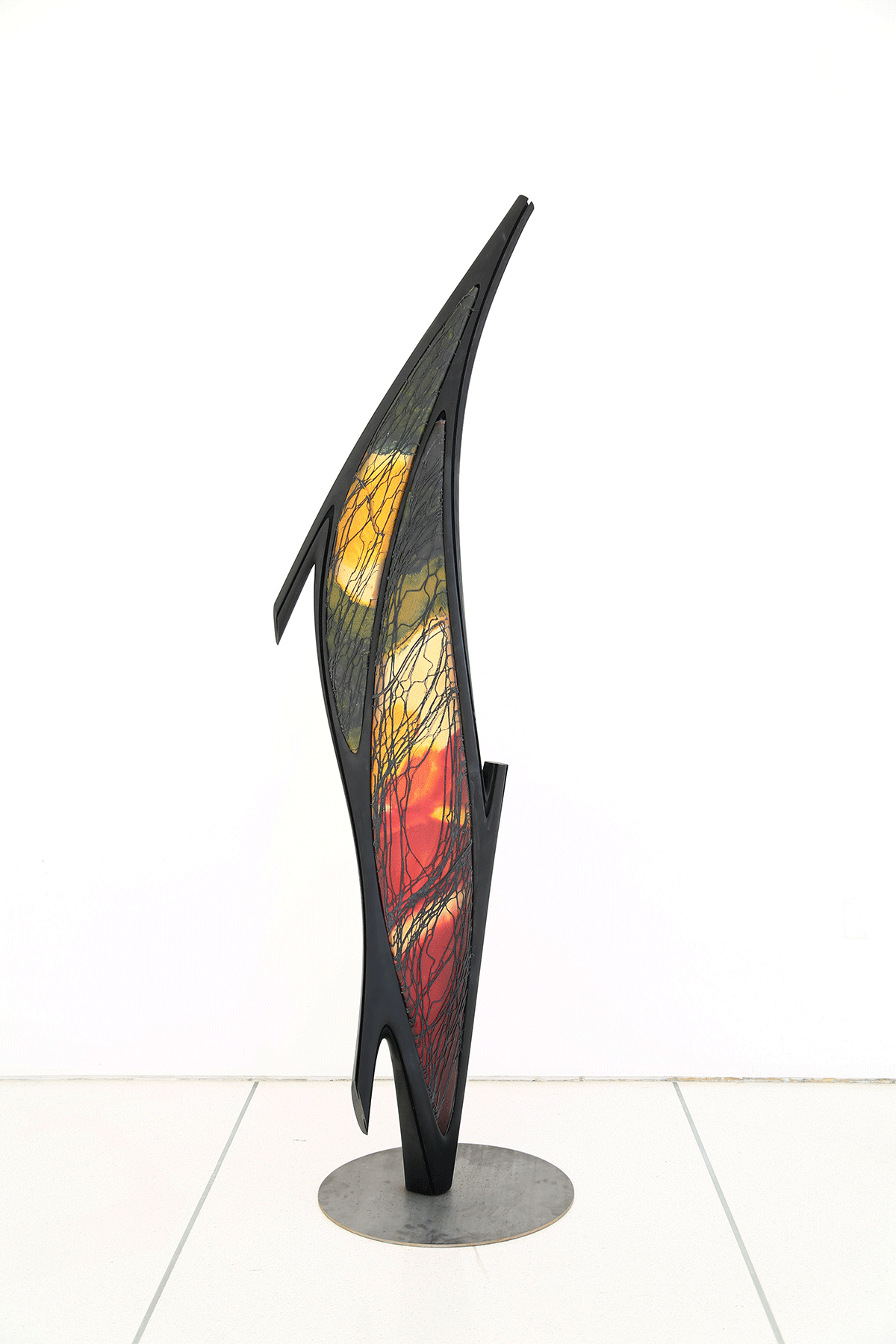
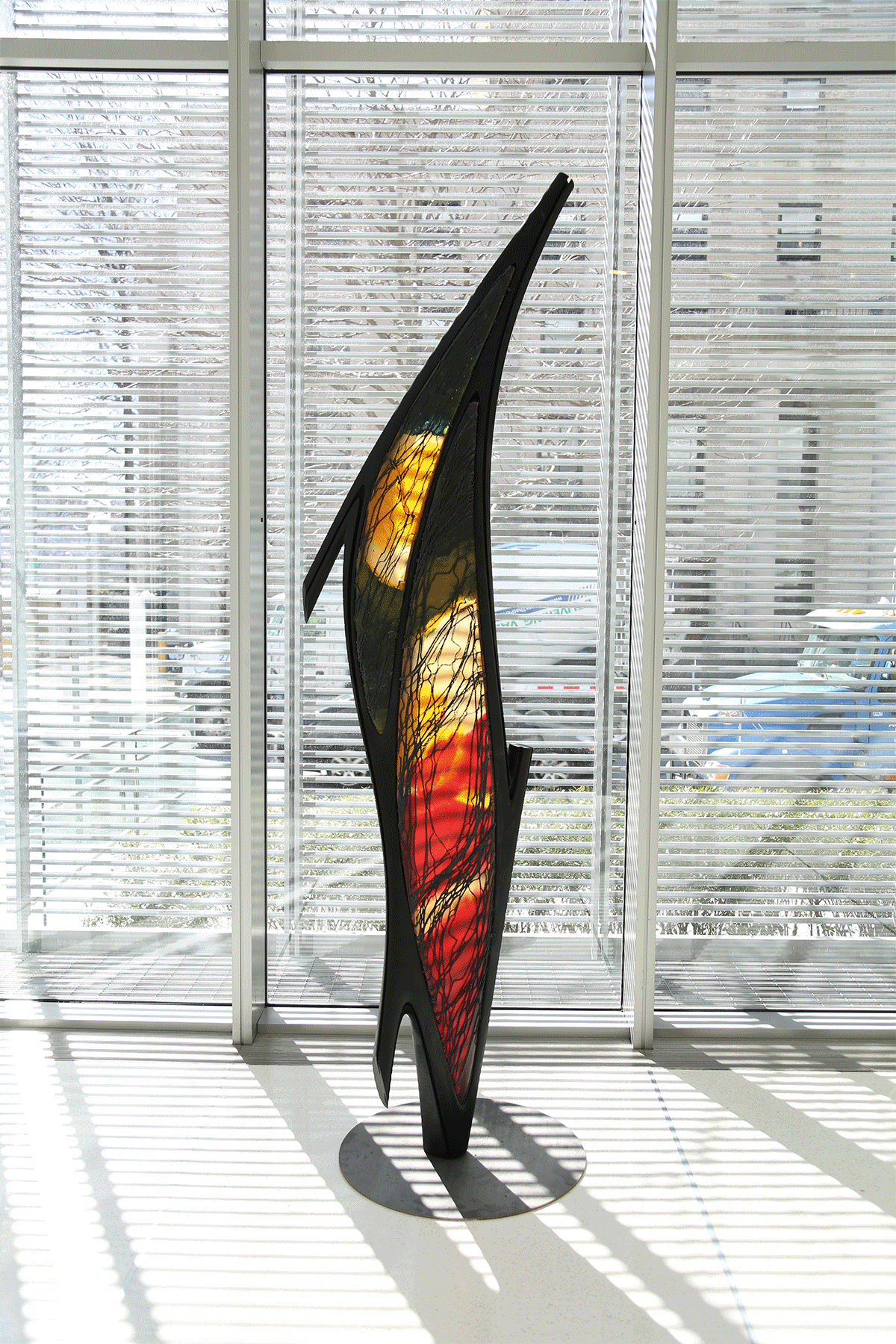
Figure IV: Full scale mockup of section of pavilion structure and cladding.


Figure V: Full scale mockup of section of pavilion structure and cladding.
+
Aguahoja II
Cooper-Hewitt Design Museum (April 2019 - February 2020)
Aguahoja is a collection of natural artifacts digitally designed and robotically fabricated from the most abundant biopolymers on our planet. Derived from shrimp shells and fallen leaves, 3D printed by a robot, shaped by water and augmented with natural pigments, this biocompatible architectural ‘skin’ structure points toward a future where the grown and the manufactured unite. Surface features, patterns and colors are computationally ‘grown’ and additively manufactured with varied mechanical, optical, olfactory and gustatory properties, utilizing organic waste streams while preserving niche-ecologies. Through life and programmed decomposition, shelter-becomes-organism as it sequesters carbon while enhancing pollination, promoting soil microorganisms and providing nutrients for growing buildings: a bona fide ‘Material Ecology’.
This work aims to subvert the industrial cycle of material extraction and obsolescence through the creation of biopolymer composites that exhibit tunable mechanical and optical properties, and respond to their environments in ways that are impossible to achieve with their synthetic counterparts. Globally, a rigid surface pattern composed of cellulose and chitosan reinforces and stabilizes the structure while flexible pectin skins exhibit colors and patterns that signal to key species in local ecologies. Regional gradients of material stiffness and opacity are generated in response to environmental parameters such as sunlight exposure and structural forces. In life, these aspects allow the structure to communicate with and respond to its environment. In death, it dissociates to its molecular components to fuels new growth.
Aguahoja is a collection of natural artifacts digitally designed and robotically fabricated from the most abundant biopolymers on our planet. Derived from shrimp shells and fallen leaves, 3D printed by a robot, shaped by water and augmented with natural pigments, this biocompatible architectural ‘skin’ structure points toward a future where the grown and the manufactured unite. Surface features, patterns and colors are computationally ‘grown’ and additively manufactured with varied mechanical, optical, olfactory and gustatory properties, utilizing organic waste streams while preserving niche-ecologies. Through life and programmed decomposition, shelter-becomes-organism as it sequesters carbon while enhancing pollination, promoting soil microorganisms and providing nutrients for growing buildings: a bona fide ‘Material Ecology’.
This work aims to subvert the industrial cycle of material extraction and obsolescence through the creation of biopolymer composites that exhibit tunable mechanical and optical properties, and respond to their environments in ways that are impossible to achieve with their synthetic counterparts. Globally, a rigid surface pattern composed of cellulose and chitosan reinforces and stabilizes the structure while flexible pectin skins exhibit colors and patterns that signal to key species in local ecologies. Regional gradients of material stiffness and opacity are generated in response to environmental parameters such as sunlight exposure and structural forces. In life, these aspects allow the structure to communicate with and respond to its environment. In death, it dissociates to its molecular components to fuels new growth.